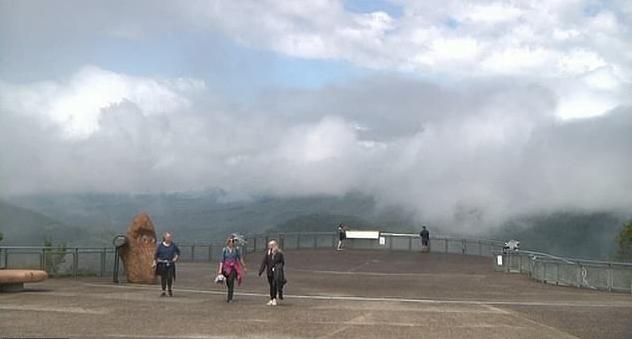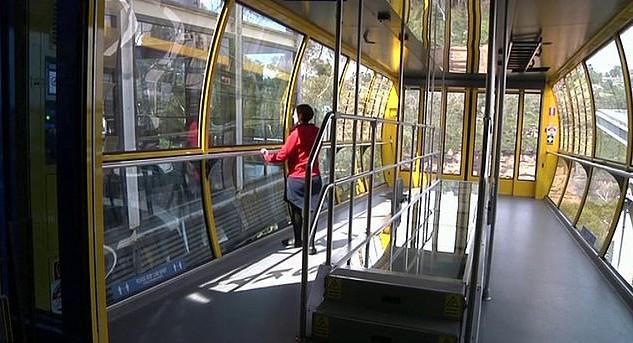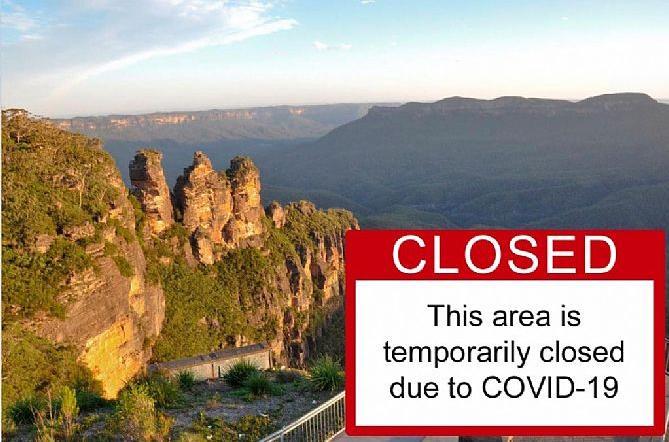Blue Mountains Tourism Dead
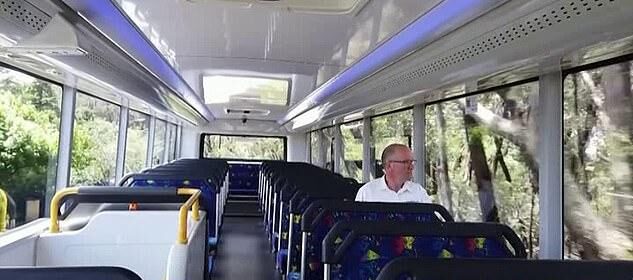
As at 19th July 2021, tourism in the Blue Mountains is dead.
Why?
Because of the abject failure of the Australian Government’s quarantine policy and implementation to prevent the China virus pandemic entering our shores since December 2019. It had been detected as early as March 2019 from the Wuhan Institute of Virology in central China. By September 2019 it was infecting northern Italy, where there is a large workforce of Chinese ex-pats dominating the textile industry.
The World Health Organisation didn’t officially declare a pandemic until 12th March 2020, by which time, there were more than 118,000 cases in 114 countries and 4,291 deaths from the coronavirus.
The Australian Government didn’t close Australia’s borders to foreign nationals until 20 March 2020, a week later and some two months after Australia’s first reported coronavirus case from an infected who had flown from Guandong (Canton) to Melbourne on 19th January 2020.
Coronavirus symptoms include fever, coughing, sore throat, shortness of breath, runny nose, fatigue, muscle pain, joint pain and a headache. But it is also known to be asymptomatic – no signs or symptoms. Coronavirus is a new virus with strong evidence that it originated in bats, but it somehow mutated into a hybridised human virus. It is part of the same family of viruses as Severe Acute Respiratory Syndrome (SARS). The SARS virus outbreak also originated in China between 2002 and 2004 first identified in Foshan, Guangdong.
Since 2019, variant strains of coronavirus (rebranded by the WHO as ‘COVID-19’) have manifested in Kent in the UK, South Africa, Brazil, The Philippines and India thus far. The WHO has decided to assign a Greek alphabet letter description to each variant in turn, thus: the Kent variant is ‘alpha’, the South African variant is ‘beta’, the Brazillian variant is ‘gamma’ and the Indian variant is ‘delta’. There are others.
Once the coronavirus pandemic hit Australia, the subsequent government containment policy of so-called inbound ‘hotel quarantine’ for 14 days has also repeatedly failed. Hotel air-conditioning spreads the virus throughout each premises. ‘Hotel quarantine’ is thus oxymoronic.
The entire purpose of quarantine is isolating those who are or may be infected with a contagion from the general community. Putting them all up in a capital city hotel is a low-cost outsourced government policy failure that has come at a high price to Australia’s economy. With most outbreaks emanating from international arrivals in hotel quarantine, breaching the self-isolation rules, and lax and complacent private security guards – the hotel quarantine policy is a false economy.
Government needs to learn from history. In 1928, isolated North Head on Port Jackson well away from the Sydney Cove settlement across water was reserved for quarantine purposes controlled by the military – to isolate the landing of incoming convicts and guards from the ship Bussorah Merchant on which there had been a smallpox outbreak during the voyage.
Each Australian capital city needs to have a Howard Springs style dedicated quarantine facility run by the federal government’s quarantine service (AQIS) else by a new dedicated corps within the Australian Regular Army. The Army has demonstrated its adaptability over recent decades that it can be adept in complex peacekeeping roles. So surely it can adapt to pandemic quarantine to protect Australian society and economy. This virus is not going away anytime soon, and won’t be the last.
Australian citizens and residents have continued to return from overseas countries which are massive hotspots, as well as airline flight crews – many of whom have proven to be infected and so perpetuating the spread of the Chinese coronavirus.
A year and a half since the coronavirus landed in Australia, state by state has imposed rolling travel lockdowns in a bid to contain the spread of the pandemic. It’s the states and territories attempting to a catch-up job to the Australian Government’s failed quarantine security.
In mid-June 2021, another local community outbreak in Sydney out of hotel quarantine saw the NSW Chief Health Officer, Dr Kerry Chant, advising the NSW Government about the growing risk of spread throughout the Sydney community.
So, on 23rd June 2021, the NSW Government’s Minister for Health, Brad Hazzard, declared Sydney a pandemic ‘hotspot’ and imposed a Public Health Order with stricter lockdown restrictions across Greater Sydney as well as the adjacent regions of the Central Coast, Blue Mountains, Wollongong and Shellharbour.
Wearing face masks became compulsory in all indoor non-residential settings, including workplaces, and at organised outdoor events. Social distancing was reimposed and QR code smartphone check-ins became mandatory at business premise became mandatory, and many other restrictions about public gatherings.
Nonessential travel outside metropolitan Sydney from was banned from identified outbreak hotspots (City of Sydney, Waverley, Randwick, Canada Bay, Inner West, Bayside, and Woollahra local government areas). This effectively has denied all tourism visitation to the Blue Mountains.
These restrictions were to endure for one week pending a hopeful reduction in coronavirus cases. Other health measures include maintaining good hygiene, physical distancing, staying home if feeling unwell, virus testing and vaccinations continue to be rolled out and encouraged.
However, many have not followed the rules particularly it seems across south-western Sydney. On 17th July 2021, New South Wales recorded 105 local cases of coronavirus, bringing the state’s case total to nearly 7000. The health concerns are especially due to recently emerged ‘delta variant’ of the virus, which considerably more infectious than other variants. It originally was detected back in October 2020 in the Indian state of Maharashtra (capital is Mumbai). It spreads like an aerosol across many metres within seconds.
News reports are that the Indian Delta Variant first arrived in Sydney around 13th June 2021, either from a limousine driver (60) off foreign flight crew, else off a male patron at the Belle Cafe in Vaucluse who was observed coughing and sneezing.
Victoria has now had nearly 21,000 cases of coronavirus, and far less in other states and territories. Australia’s coronavirus case total is nearly 32,000 with tragically 914 deaths to date.
So as at 17 July 2021, the NSW Government imposed the following dictat:
“From 6pm on Saturday 26 June everyone in Greater Sydney, the Blue Mountains, Central Coast, Wollongong and Shellharbour is subject to stay at home orders. The stay-at-home orders are in place until 11.59pm Friday 30 July.”
The four reasons to leave your home remain in place:
- Shopping for food or other essential goods and services (one person only);
- Medical care or compassionate needs (only one visitor can enter another residence to fulfil carers’ responsibilities or provide care or assistance, or for compassionate reasons);
- Exercise with no more than two (unless members of the same household);
- Essential work, or education, where you cannot work or study from home.
Plus a plethora of other socialising and travel restrictions. Residents of Canterbury-Bankstown, Fairfield and Liverpool local government areas (LGAs) have been observed not complying with the pandemic rules, so this new Public Health Order 2021, mandates that residents of these areas aren’t allowed to leave their LGA for work — unless they’re an emergency services or healthcare worker or other ‘authorised worker’.
Those who breach this order will face a fine of up to $10,000.
Outdoor public gatherings are limited to 2 people, so tour groups are limited to one passenger, retail premises must close, you aren’t allowed to browse in shops, and tour guides are not authorised workers.
Exercise, including outdoor recreation (like hiking) is limited to two people unless you’re with the members of your household. You must also stay in your local government area or within 10 kilometres of your home.
So effectively all tourism activity throughout the Blue Mountains has been banned by the Berejiklian Government for the rest of July.
International tourists usually flock to the Upper Blue Mountains area, but pandemic lockdowns and border closures have meant that tourist sites are virtually empty and tour operators and hospitality venues are counting the cost of visitor numbers plummeting by 600,000.
Mass tourism operator, Scenic World, is losing its one million annual visitors. At $40 average ticket price for its three rides, that has meant more than $40 million annual loss, and it started during the Christmas 2019 bushfires from November 2019.
Blue Mountains tourist buses are empty during what is normally one of the busiest times for tour operators in the region.
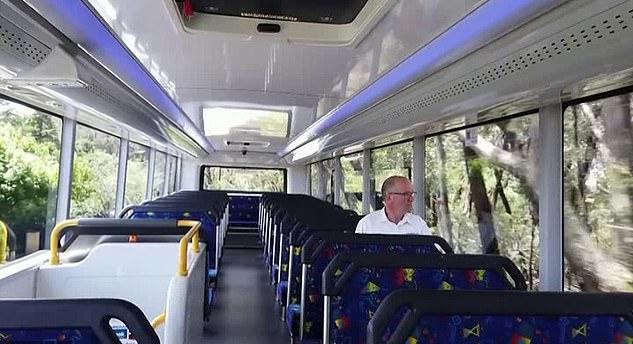
Typical passenger numbers during rolling lockdowns – bushfires, landslips, pandemic, trackwork, footpath tarting…next?
In the lead up to Easter in 2020, Blue Mountains Council Mayor Mark Greenhill publicly appealed to all visitors to stay away from the Blue Mountains over the traditionally busy Easter long weekend, in a bid to stop the spread of the pandemic.
“But we saw on the weekend just past, that ‘weekenders’ and ‘day trippers’ are continuing to visit the Blue Mountains despite the Minister’s Order,” Mayor Greenhill said.
“We had large groups of people gathering in parks, despite our formal playgrounds and BBQ areas being closed. Police had to move these people on. We even saw people jumping over barricades to access Echo Point and walking tracks. I urge visitors to take the Public Health Order seriously, for the sake of your own health as well as the health of my community.”

